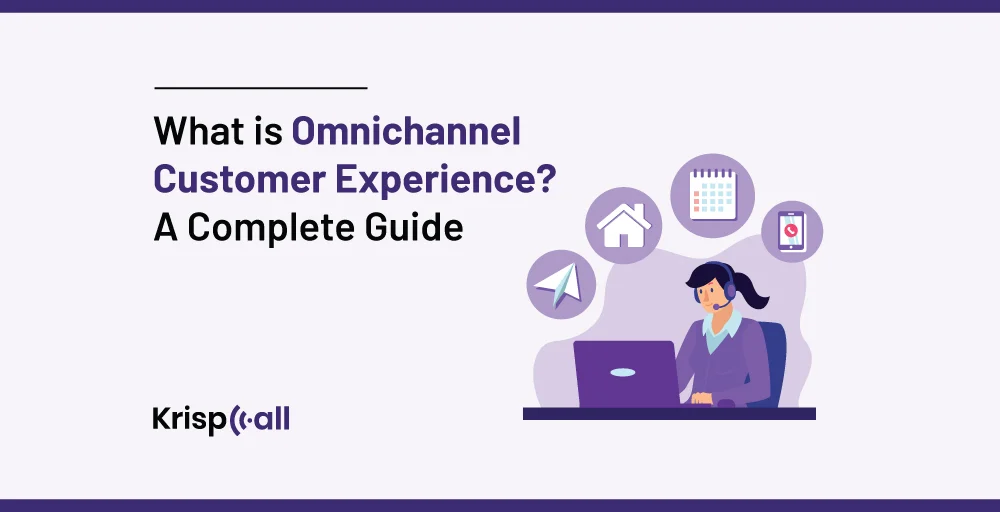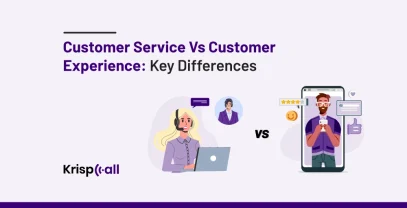From online sites 💻 to shopping malls 🏬, consumers are everywhere. How do companies ensure that interactions with them are smooth, personalized, and consistent across all these platforms?
Well, the business uses an omnichannel customer experience strategy to deliver a seamless, integrated, and personalized experience across all channels.
A report shows that 76% of consumers prefer brands that personalized interactions. These figures are easily attainable if you implement an effective omnichannel approach.
In this blog post, we’ll explore the omnichannel customer experience, why it’s essential for businesses, omnichannel vs. multichannel experience, its benefits, ways to create it, some major business examples, and ways to improve it.
🔑 KEY HIGHLIGHTS
- An omnichannel customer experience is a seamless and integrated approach to customer interactions across various channels and touchpoints.
- It is essential as it provides consistent and personalized interaction across all channels, enhancing customer satisfaction.
- An omnichannel experience integrates all channels to provide a unified customer journey, while a multichannel experience uses multiple platforms independently without connection between them.
- Increased client enhancement, personalized experiences, and actionable insights are some of the benefits of omnichannel customer experience.
What Is Omnichannel Customer Experience?
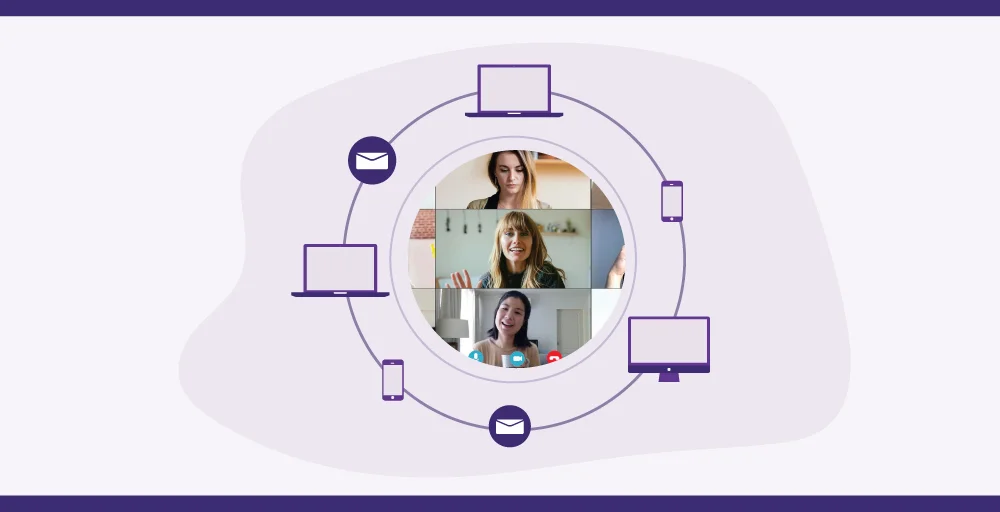
An omnichannel customer experience is a unified approach that aims to create a consistent experience or interaction between a customer and an organization via different sales channels. It ensures that the customer gets a consistent and individualized interaction experience in various channels, including websites, mobile applications, social media, mail, phones, and stores.
The omnichannel customer experience strategy provides complete and consistent contact with the brand across many channels, which can increase satisfaction, engagement, and, ultimately, customer loyalty and value.
This type of service delivery using multiple channels will be beneficial in the long run, as it will fully satisfy the clients while cutting operational costs and personalizing the service.
Why Is Omnichannel Customer Experience Essential?
As digital communication channels have rapidly grown, organizations are increasingly depending on a unified customer experience. Offering a similar, consistent customer experience has been a must across all platforms. Fragmented experiences can easily confuse customers, decreasing their desire to interact with brands more deeply or return frequently.
Ensuring uniformity on various platforms through an omnichannel customer experience not only increases consumer trust but also improves interaction levels. When the transactions are smooth, clients are most likely to remain faithful, and customer retention rates and profits are boosted.
Omnichannel Vs. Multichannel Experience
Omnichannel and multichannel both could integrate various touchpoints, but they depend on how well they provide cohesion and continuity across various contacts. In the case of the multichannel approach, every channel operates independently and has disoriented systems and data, and thus, consumers have no consistent experiences with the company.
On the other hand, an omnichannel approach aims to create a clear mapping that reflects a coherent and holistic image of the consumer experience, where the paths contribute to the personal customer journey. Loyalty is achieved because consumers are able to jump to different platforms without losing or needing to repeat data.
| Aspect | Omnichannel Experience | Multichannel Experience |
| Channels | All channels are integrated and work together seamlessly. | Multiple channels are available but operate independently. |
| Ease of Use | High, due to seamless transitions between channels. | Moderate, as each channel operates separately. |
| Customer experience | Seamless, unified, and consistent across all touchpoints. | Varied and fragmented depending on the channel used. |
| Integration | High level of integration; single, cohesive customer view. | Low to moderate integration; channels often function in silos. |
| Metrics | Unified metrics providing a holistic view of customer behavior. | Channel-specific metrics, lacking a comprehensive view. |
| Technology | Advanced, unified platforms and CRM systems. | Basic to moderate; separate systems for each channel. |
Benefits Of The Omnichannel Customer Experience
Let’s explore some of the benefits of implementing an omnichannel customer experience for both customers and businesses:
1. Increased Client Enhancement
Omni-channel customer services enable a company to develop diverse strategies to reach out to a client at any one time using preferred platforms. The customers should not complicate themselves by looking for previous conversations with the company. An individual can engage with an enterprise through any physical or virtual means that they choose for omnichannel adoption and get a prompt reply from the customer service personnel.
2. High Customer Retention And Loyalty
Omnichannel experiences are beneficial for channeling an overall view of client interaction and versatility over the multiple interfaces available for them to interact. The collected information is crucial for defining market segments and providing accurately customized offers that match the customers’ needs, preferences, and behavioral patterns, leading to improved customer loyalty.
3. Personalized Experiences
Omnichannel customization technology improves customer experience and maintains brand loyalty by understanding customer behavior and personalizing their experience. This approach avoids treating everyone as a single unit, making them feel valued and known. It deepens the brand-audience relationship while promoting customer engagement.
4. Consistent Customer Experience Across Any Channel
An omnichannel strategy allows incorporating all channels in which consumers anticipate convenience, and quality service across different mediums to engage with their brands. This makes it easy for brands to optimize customer journeys, thus ensuring a seamless experience without hitches and bumps across any platform.
5. Actionable Insights
Data on your client’s chat history and all social media activities will enable you to be on top of customer issues. This will also give your sales and marketing teams rich data, increasing their campaigns’ efficiency. Also, by understanding your customers’ emails and survey results, you can monitor the customers’ issues like never before and develop decisions based on those insights or run more personalized marketing campaigns.
How Do You Create An Omnichannel Customer Experience?
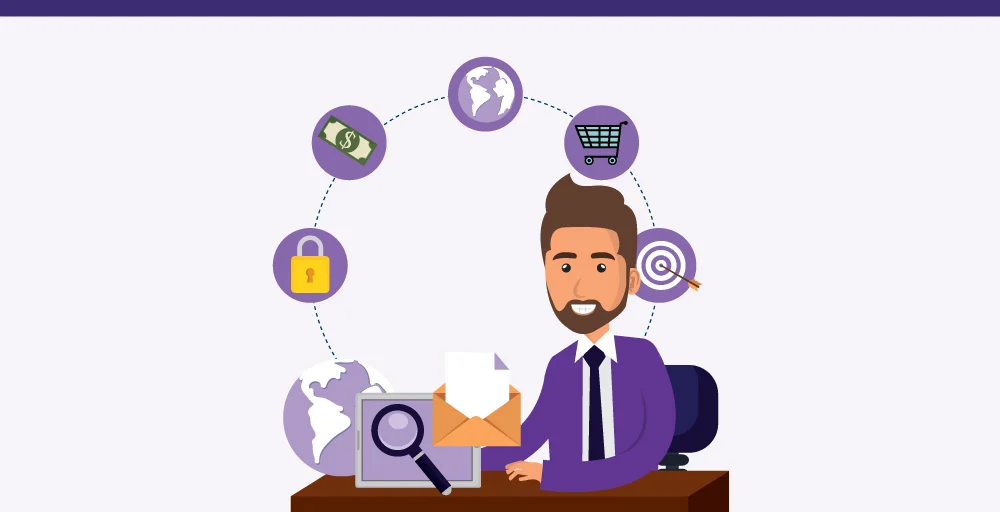
Some of the ways to create a satisfying omnichannel experience for the customer include:
1. Map Your Customer Journey
For businesses to create an omnichannel experience, they must understand the process – customers go through from the first time they reach out to them until after they have received some goods/services.
The customer journey map identifies possible areas of discontent, opportunities, and pivotal experiences during interactions across platforms. This enables enterprises to be there at all critical moments, thus ensuring that clients enjoy an uninterrupted encounter.
2. Determine Your Customer Touchpoints
One of the critical stages vital for developing an omnichannel strategy is pinpointing your consumer touchpoints. Every way through which your customers get in touch with your company should be identified.
This may include phone calls, emails, social media interactions, store visits, or usage of mobile applications. This way, you can ensure that such touchpoints create a consistent link between all contact points for clients, making it easy for them to communicate or purchase products.
3. Connect the Gaps Between Channels
One of the major factors in a smooth omnichannel customer experience is the ability to delicately connect different channels so that users can easily switch between media.
You must ensure that customers can effortlessly switch from one mode of interaction to another, for example, initiating a purchase on your website and concluding it in the store or phoning your customer care unit and contacting them through email.
4. Focus on Personalized Services
Businesses must use information collected from multiple platforms to provide personalized experiences to their consumers.
For instance, you may offer them a discount on products you are selling, send them a text message or email, or even provide suggestions on goods and services based on their previous dealings with you. In this respect, you may be able to foster better relationships with customers, enhance their happiness levels, and compel them to use your services whenever they wish.
5. Explore Platforms Where Your Audience Exists
You must take measures to discover online or offline platforms such as blogs, forums, social media networks, and physical stores where your target audience engages more often or is already present.
You must ensure that your firm is present on the same channels as its customers and can thus be reached easily by them. Thus, you can grow your customer base, build brand identity fast, and have consistent interactions across all points of contact.
6. Using Right Technologies
Managing client data across various channels may be difficult, especially when a distinct customer base is involved. With the right technology, you can automate tasks, easily share customer information, and provide a seamless experience through all your channels.
Consider combining data analytics, marketing automation tools, omnichannel communication platforms, and customer relationship management systems to provide similar experiences across platforms.
7. Collect and Protect Customer Data
You should frequently evaluate and modify your omnichannel strategy. This means watching how customers interact with you across different platforms and improving on that.
You may need to restructure your website, add more communication platforms, or change how you do marketing based on client feedback. By doing so, you can ensure that your omnichannel approach remains prosperous and appropriate to customers’ changing demands and requirements.
Omnichannel Customer Experience Examples Of Business
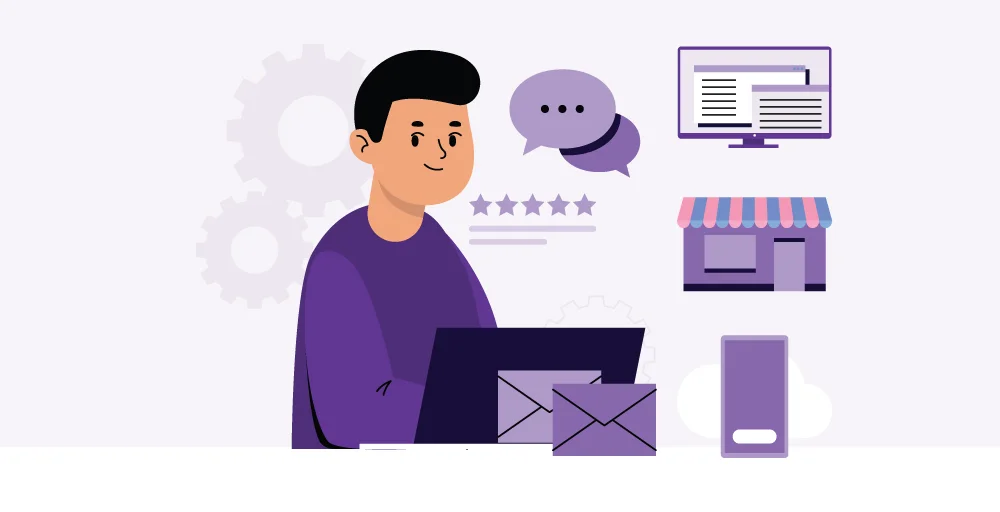
Learning how innovative companies have designed their omnichannel journeys is an awesome way to know what can be achieved using such an approach.
Some of the businesses that have excelled omnichannel approach and can be considered as omnichannel customer experience examples are:
Nordstrom
Nordstrom offers an impeccable shopping experience by using its mobile app, e-commerce website, and physical store locations. Customers can pick up items in the store, buy anything online, and return their purchases at any retailer owned by the same company.
Its sales reps are provided with extensive information on clients’ buying patterns, history records, and preferences, enabling them to provide personalized recommendations about what best suits each customer.
Nordstrom’s commitment to delivering a seamless omnichannel experience improves customer satisfaction, loyalty, and revenue. It has merged the gap between digital and physical interaction with customers, making it easier for them to reach them using any channel they choose.
Starbucks
Starbucks has carefully designed its omnichannel experience with the aim of nurturing customer relationships and encouraging repeat business. A popular way for people to order coffee or pastries these days is through Starbucks’ mobile application. They can simply place their order, pay, and choose where they want to pick up.
With the app’s close integration with the in-store experience, users can easily pick up their pre-ordered goods and leave.
Starbucks’ advanced omnichannel strategy has enhanced consumer engagement, loyalty improvement, and revenue growth. It has also partnered with delivery services like Uber Eats to deliver food and drinks directly to consumers’ doorsteps, further enhancing its omnichannel capabilities.
Sephora
The Sephora e-commerce website, mobile app, and physical stores are all seamlessly connected in an omnichannel setup. Therefore, customers can locate their favorite items, purchase from Sephora’s entire product range online, and receive personalized recommendations based on browsing and buying history.
It employs augmented reality technology, which allows customers to try out products digitally and make appointments for sessions in physical shops.
Sephora’s continued dominance in the contested beauty retail industry is due to its commitment to omnichannel excellence. It has developed a loyal customer base through a common, personalized, effortless consumer experience across all touchpoints.
Sephora sales staff are also well-equipped with consumer information and aids that can assist them in providing personal service across all platforms.
How To Improve Omnichannel Customer Experience?

Here are different ways to improve or raise your omnichannel approach to provide customers with a remarkable shopping experience.
1. Ensure Consistency Across Channels: In order to provide an excellent omnichannel experience, businesses need to maintain a uniform feel across different platforms through which customers may interact. This means sticking to the same branding, message, policies, and customer data regardless of whether someone walks into your shop, calls for help on a phone line, or goes online to your site.
2. Map the Customer Journey: The main aim of the omnichannel approach is to improve the customer’s service experience. To ensure that you provide the best possible experience to your customers, you need to understand their entire journey. Knowing how your customers can trace you is crucial as it makes it easy to know individuals’ decisions before, during, and after buying. Thus, you can change consumer preferences over time, making them want to buy from your business.
3. Personalize all channels: Creating personalized brand content for each different individual boosts income and improves customer loyalty. This means adjusting every aspect of the purchasing journey to meet individual requirements, as well as serving up ads based on customer’s prior search activities. All client data from in-store to online platforms must be combined to provide a customized omnichannel experience.
4. Leverage Digital Capabilities: You can improve the customer experience in all your sales channels using digital technologies that are highly prevalent in today’s world. For example, create a mobile app that enables users to buy, access support, and manage their accounts in one place. Adopting the latest digital technologies will help customers interact with your business easily based on their preferences and choices.
5. Focus on customer support: Provide your customers with advice to help them make better decisions and create a good image of your company whenever possible. This may take the form of product guidance, replies to inquiries, or even post-sale assistance. Outstanding customer service must be provided through all your channels to enrich the overall omnichannel experience for end-users.
Conclusion
Implementing an effective omnichannel customer experience is the key to technologically enhanced customer interaction where customers can communicate with the business efficiently.
Businesses must deliver a consistent and tailored cross-channel experience to maintain consistent customer interaction. Adopting omnichannel best practices will be critical for any business to be successful in today’s economy, as customer expectations continue to vary. By seamlessly blending online and physical means, businesses could increase customer life value and outdo their competitors.
FAQs
What is Omnichannel Marketing?
Omnichannel marketing is a strategy that provides customers with a seamless and integrated shopping experience across multiple channels, including online or in-store. It ensures that all communication and interactions with the customer are consistent and unified, regardless of the platform or device they use.
What is an Omnichannel Experience Design?
Omnichannel experience design is the process of creating a cohesive and smooth customer experience across all touchpoints and channels, ensuring that interactions are integrated and consistent regardless of where or how the customer engages with a brand.
What Makes a Good Customer Experience?
A good customer experience is characterized by ease of use, personalization, efficiency, consistency, and responsiveness, resulting in customer satisfaction and loyalty.
What is Omnichannel Commerce?
Omnichannel commerce is a retail strategy that integrates various sales channels, both online and offline, to provide a seamless shopping experience.
What are the Challenges that May Occur while Adopting an Omnichannel Customer Experience?
Integrating various systems and data, maintaining consistent messaging across channels, managing inventory in real-time, ensuring data privacy and security, and coordinating cross-channel marketing efforts may be challenging while adopting an omnichannel customer experience.

